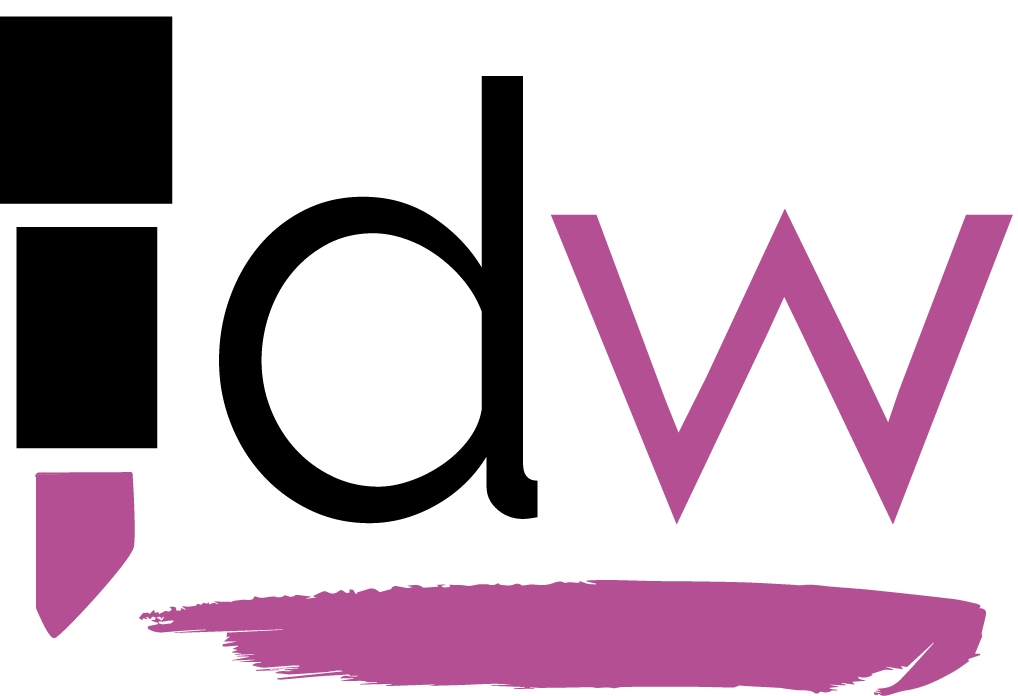Figures released by the Central Statistics Office today have revealed that women are more likely to hold a third-level qualification than their male counterparts.
The report, titled “Women and Men in Ireland 2016”, finds that over half (55.1%) of women aged 25 – 34 have a third-level qualification, compared to just 42.9% of men in this age group.
Despite this, women are still vastly underrepresented in STEM (science, technology, engineering, mathematics) and politics.
More than four out of five (82.4%) of Engineering, Manufacturing, and Construction graduates were male in 2016, while 79.3% of graduates in Information and Communication Technologies were male.
At both national and regional levels, women are under-represented in decision-making structures in Ireland.
Less than a quarter (22.2%) of TDs in Dáil Éireann were women in 2016, and they accounted for only 21.4% of members of Local Authorities. The average female representation in national parliaments in the EU in 2016 was 28.7%.
Healthcare and Welfare continues to be a female-dominated arena however, with women representing more than three out of four graduates (76.4%). Similarly, 71.4% of graduates from Education courses were female.
Statistician Helen Cahill says that more girls than boys sat higher level papers in the Leaving Certificate exams in English, French, Irish, Biology, Chemistry, Art, Home Economics and Music in 2016. However more boys than girls took higher level papers in Mathematics, Physics, Design and communication graphics, Construction studies and Engineering.
The report also concludes that men work longer hours than women in paid employment, with men clocking up an average of 39.7 hours per week in paid employment compared to 31.7 hours for women. Following this trajectory, men also have a higher rate of employment. The male employment rate in 2016 was 69.9%, over 10 percentage points higher than the female rate of 59.5%
The vast majority of homemakers in 2016 were women (98%), however the number of men looking after the home and family doubled in the ten years up for 2016, rising from 4,900 to 9,200.
Women are waiting longer until they have a family, the report finds.
The average age at which women gave birth to their first child rose from 24.8 years in 1975 to 30.5 years in 2014. The fertility rate in Ireland, at 1.92, was the second highest rate in the EU in 2015 after France and well above the EU average of 1.58.
Today’s report presents over 70 indicators that identify important gender differences in the activities of men and women and also presents the situation in Ireland in an international context. For more, see CSO.ie.














